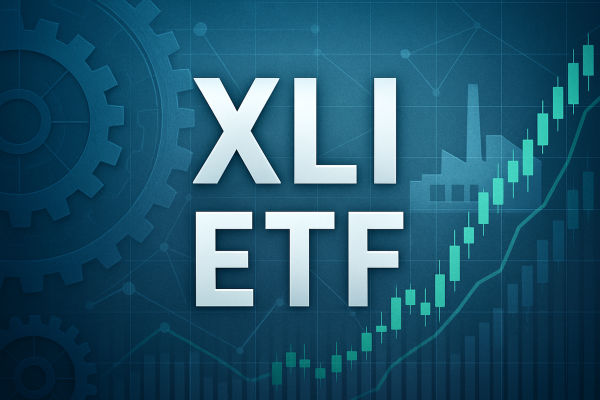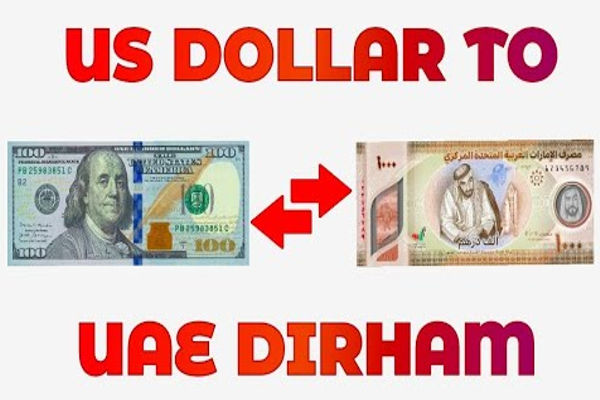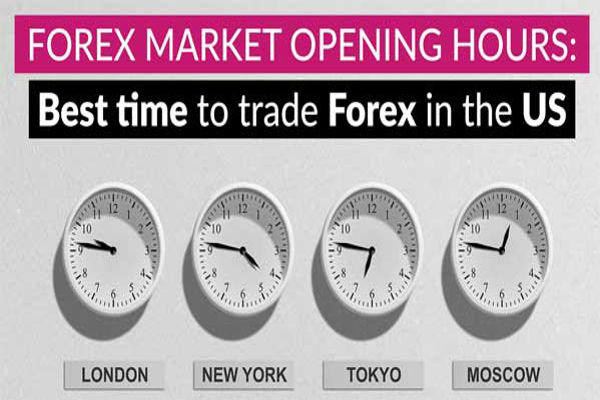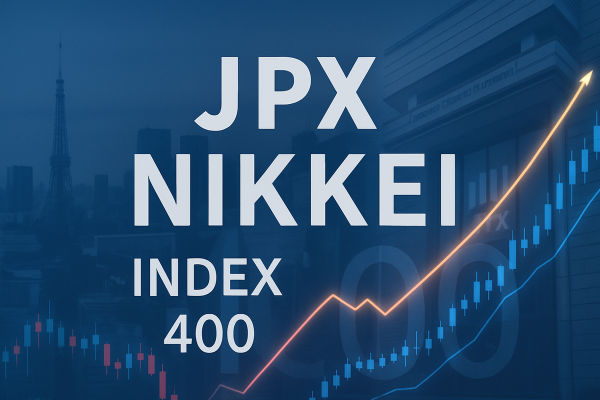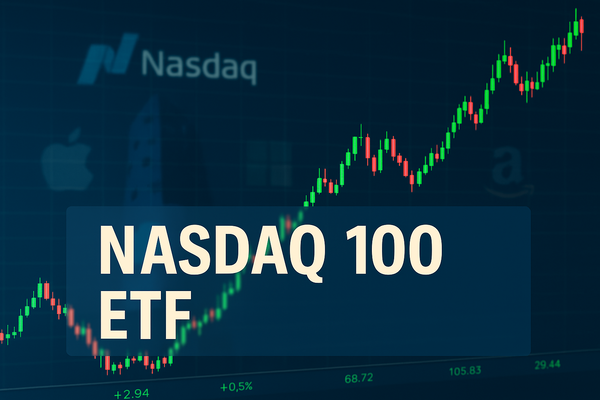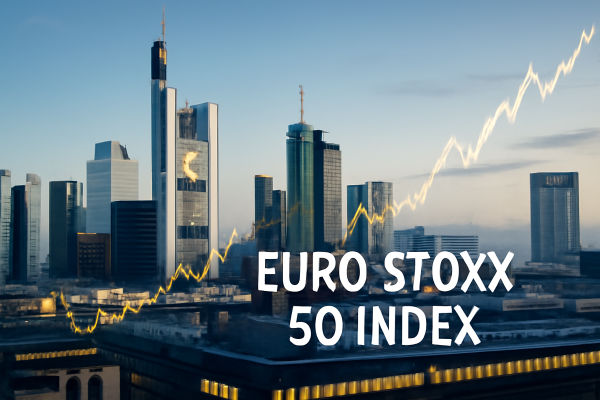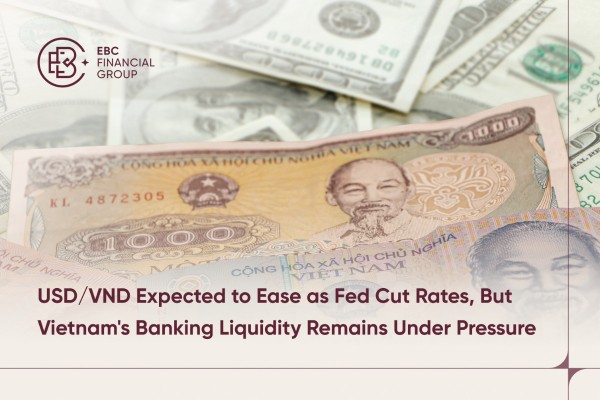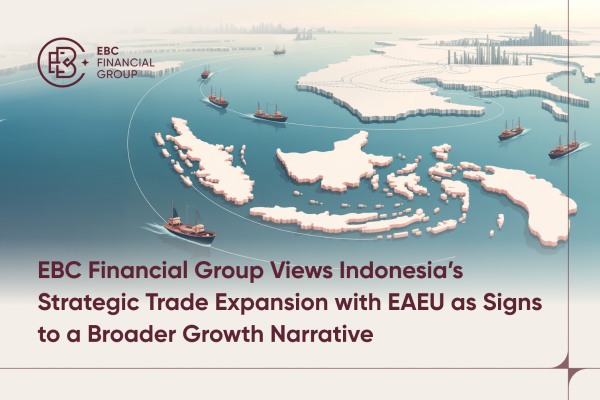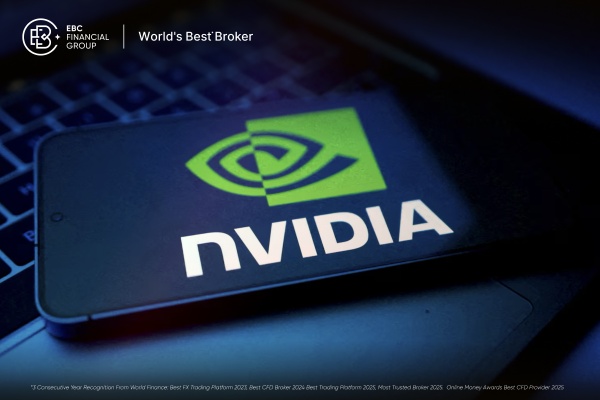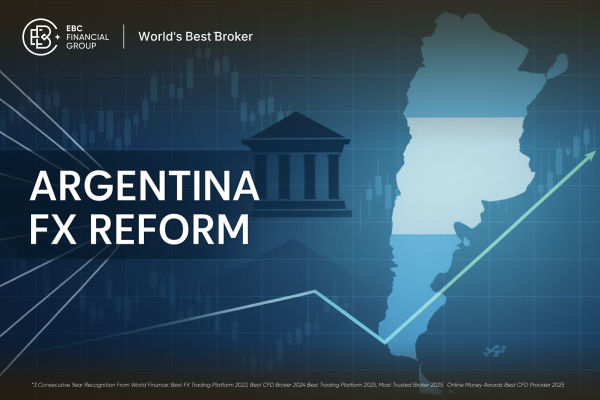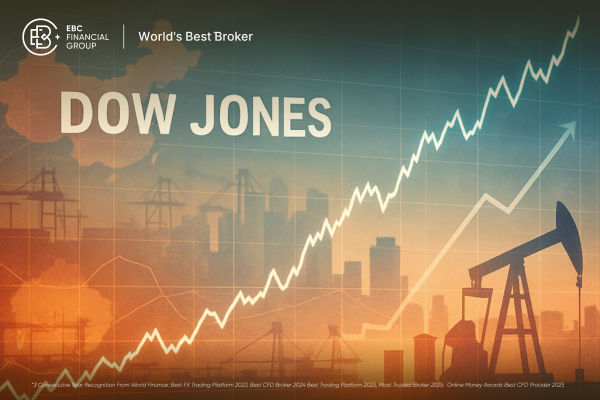The XLI ETF, or Industrial Select Sector SPDR Fund, is a pillar for investors seeking exposure to the US industrial sector. By tracking major companies driving aerospace, transportation, logistics, and machinery, the fund serves as a true gauge of economic health. For both long-term investors and short-term traders, the XLI ETF is more than just a sector fund — it is a dynamic tool to monitor market cycles, hedge risks, and capture growth opportunities.
In this guide, we will reveal five key facts about the XLI ETF while detailing its structure, holdings, risks, and historical performance. By the end, you will see why the XLI ETF is an integral part of global trading strategies.
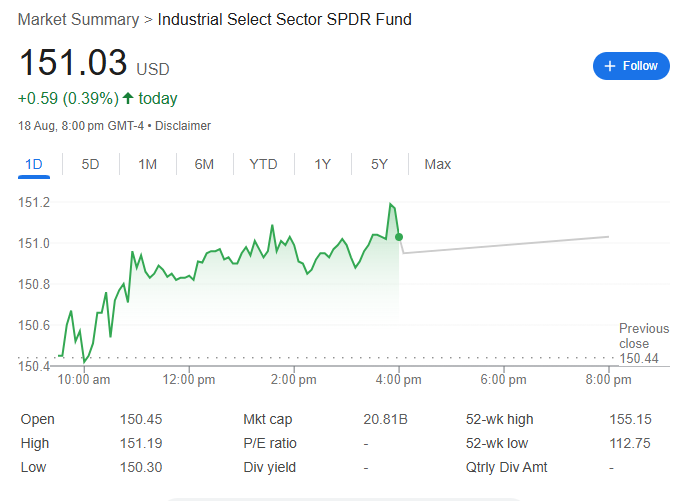
Fact 1: XLI ETF Tracks the US Industrial Sector
The XLI ETF tracks the Industrial Select Sector Index, which includes only companies from the S&P 500 classified under the industrials category. This gives investors access to a hand-picked portfolio of leaders in aerospace, manufacturing, and transport.
For example, when global demand for construction and infrastructure grows, industrial companies benefit. That growth translates into the ETF’s performance, making it an accurate reflection of the sector’s health. Conversely, downturns in business activity show up quickly in XLI’s price, allowing traders to use it as a barometer for cyclical momentum.
The direct tie between the ETF and the business cycle makes it a preferred choice for those who want a real-time pulse of the economy.
Fact 2: The Holdings Include Industrial Giants
The XLI ETF is packed with household names that dominate industries critical to the economy. Boeing, for instance, is central to aerospace, while Caterpillar remains the world leader in heavy machinery. Honeywell and General Electric are synonymous with diversified industrial innovation, and Union Pacific represents the lifeline of transportation and logistics.
By holding the XLI ETF, investors avoid the risk of betting on a single company. Instead, they get a diversified portfolio of 70+ industrial leaders in one instrument. This instant diversification is one of the biggest appeals of ETFs in general, and XLI is no exception.
Another key aspect of the holdings is that many of these companies are also dividend payers. That adds a potential layer of income to the fund, appealing to long-term investors seeking stability alongside growth.
Fact 3: XLI ETF Reflects Cyclical Market Behaviour
The performance of the XLI ETF is tied to business cycles. Industrial companies expand during economic booms because demand rises for construction, transport, and aerospace. During downturns, however, demand falls sharply.
This cyclical behaviour means the XLI ETF is not always suited to defensive investors. Instead, it thrives in periods of economic growth, fiscal spending, and infrastructure investment. For traders, this creates opportunities to buy during early recovery phases of the cycle and reduce exposure during recessions.
A historic look at the ETF shows this trend clearly. For example, during the 2009 post-financial crisis recovery, industrials surged as stimulus spending boosted demand. The XLI ETF became one of the biggest winners. In contrast, during the 2020 pandemic shock, industrials were hit hard until recovery spending lifted the sector again.
Fact 4: XLI ETF Strengthens Portfolio Diversification
Diversification is key to reducing risk, and the XLI ETF offers a sector-specific balance within larger portfolios. For instance, investors who are heavily weighted in technology or energy often use the XLI ETF to spread risk.
Because industrials are tied to economic cycles, they often move differently compared to defensive sectors like healthcare or utilities. This non-correlation helps reduce volatility in multi-sector portfolios.
Moreover, professional portfolio managers frequently use XLI for sector rotation strategies. When economic growth is projected, they increase exposure to cyclical sectors like industrials through ETFs like XLI. When the cycle slows, they shift into defensive assets.
Fact 5: XLI ETF Offers Liquidity and Accessibility
The XLI ETF is one of the most actively traded sector funds in the market. Its daily trading volume ensures deep liquidity, allowing retail and institutional investors to move in and out efficiently. High liquidity also translates into tighter bid-ask spreads, lowering transaction costs.
For beginners, accessibility is another strong advantage. Instead of analysing and buying 70+ industrial stocks individually, they can gain exposure to the entire sector with just one instrument. This simplicity makes the XLI ETF attractive for both passive investors and active traders.
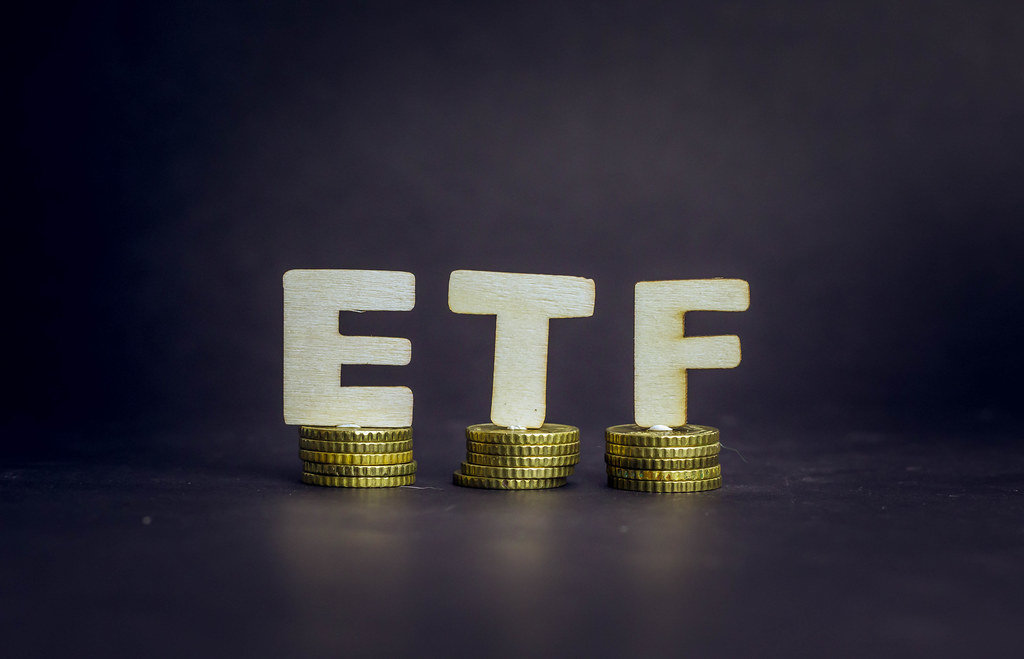
XLI ETF vs Other Sector ETFs
Comparing XLI to other sector ETFs highlights its unique nature. For instance, while XLK ETF focuses on technology, and XLU ETF on utilities, XLI captures growth tied to infrastructure, manufacturing, and defence.
Utilities tend to provide defensive stability, while technology may offer explosive growth. Industrials, however, offer cyclical opportunities that often align with government spending and infrastructure projects. For global investors, this makes XLI an important complement to other sectors rather than a standalone solution.
Final Thoughts on the XLI ETF
The XLI ETF remains one of the most important tools for those looking to invest in the industrial backbone of the US economy. It delivers exposure to some of the world’s most influential companies, provides diversification benefits, and reflects macroeconomic trends with clarity.
For global investors, the XLI ETF is not just a sector fund but a barometer of growth and resilience. While risks exist due to its cyclical nature, its role in balanced portfolios remains undeniable. Whether you are an investor seeking steady sector exposure or a trader looking for cyclical opportunities, the XLI ETF deserves serious attention.
Disclaimer: This material is for general information purposes only and is not intended as (and should not be considered to be) financial, investment or other advice on which reliance should be placed. No opinion given in the material constitutes a recommendation by EBC or the author that any particular investment, security, transaction or investment strategy is suitable for any specific person.
